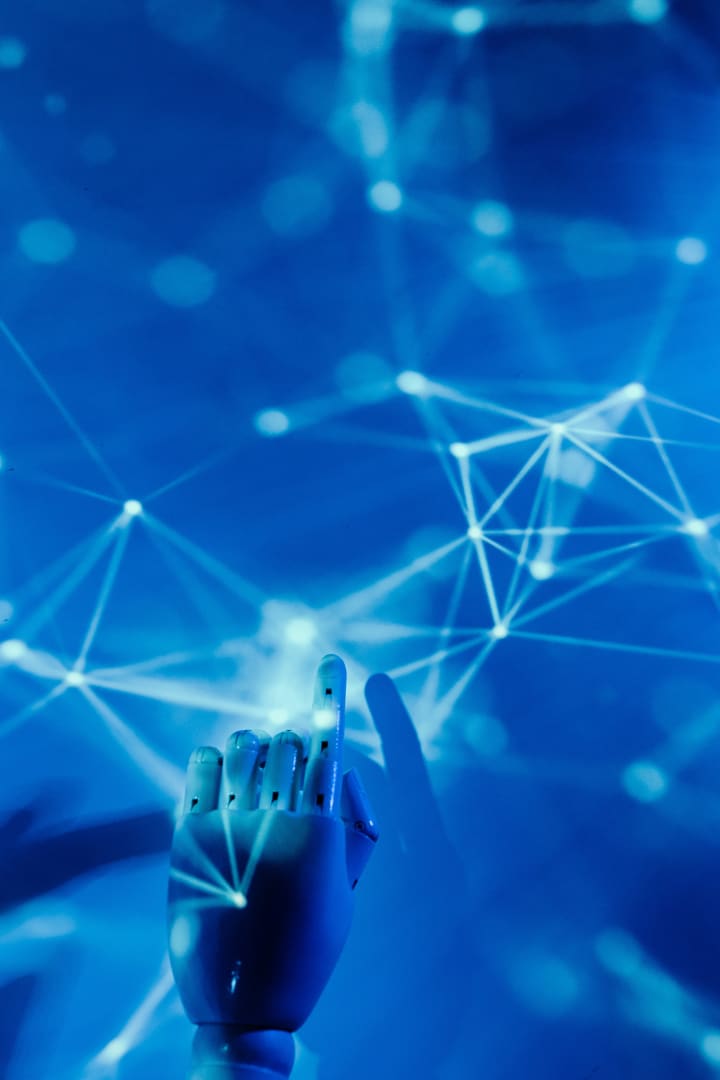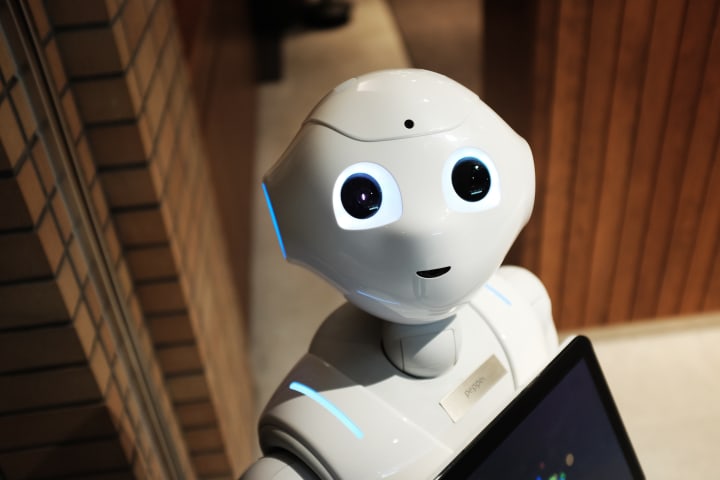What is AI? The complete guide to artificial intelligence
We cover everything from general AI to neural networks if you're interested in learning more about the interesting and quickly evolving technology of artificial intelligence.

What is artificial intelligence?
When you hear the word artificial intelligence (AI), you might immediately picture self-driving cars, robots, ChatGPT or other AI chatbots, or even visuals that have been produced in a lab. But it's also critical to go beyond AI's outputs and comprehend how the technology functions as well as its implications for current and future generations.
The term "artificial intelligence" (AI) was first used in the 1950s to describe a machine's capacity to carry out tasks that previously required human intelligence. This is a very broad concept that has been altered as a result of years of study and development in technology.
It makes sense to begin by defining the term "intelligence" when thinking about how to give a machine, like a computer, intelligence. This is especially true when deciding whether or not an artificial system is deserving of intelligence.
In addition, these professionals are rushing to defend AI against hackers.
Our capacity for intelligence separates us from other species and is crucial to the human experience. According to some experts, intelligence is the capacity to adapt, deal with challenges, make plans, improvise in novel circumstances, and learn new things.

How can I use AI?
AI exists in a variety of forms that are now widely accessible in daily life. Two excellent examples of AI are the smart speakers on your mantle which include the Alexa or Google speech assistant. Popular AI chatbots like ChatGPT, the brand-new Bing Chat, and Google Bard are additional excellent examples.
You will receive responses from machine-learning algorithms when you ask ChatGPT for the capital of a nation or Alexa to provide you with a weather update.
How does ChatGPT operate as well?
These systems can use their training to adapt and pick up new skills for things that they weren't deliberately programmed to do, even while they can't replace human intelligence or social interaction.
What are the different types of AI?
Three commonly recognized subcategories of artificial intelligence—narrow AI, general AI, and super AI—can be distinguished.
What is narrow AI?

Voice assistants like Siri, Alexa, and Google Assistant depend on artificial narrow intelligence (ANI). This category contains intelligent systems that, without being specifically programmed to do so, have been created or trained to complete particular jobs or address particular issues.
Since ANI lacks general intelligence, it is sometimes referred to as weak AI, but some examples of the power of narrow AI include the aforementioned voice assistants, as well as image-recognition systems, tools that identify inappropriate content online, and technologies that respond to straightforward customer service inquiries.
An example of an ANI is ChatGPT, which was created to produce text responses in response to commands.
What is general AI?

Strong AI, commonly referred to as artificial general intelligence (AGI), is still a futuristic idea because it includes a computer that can understand and carry out a wide range of tasks based on its acquired knowledge. As AGI computers would be able to reason and think like a human, this sort of intelligence is closer to that of the average person.
AGI might be capable of understanding any intellectual activity, thinking abstractly, learning from its mistakes, and applying that knowledge to tackle new challenges, much like a human. We're essentially talking about a machine or system that is capable of common sense, which is currently not possible with any form of AI that is now accessible.
What is super AI?

Artificial superintelligence (ASI) is a system that not only would shake humanity to its very core but also have the potential to wipe it out. If that seems like something out of a science fiction book, that's because it kind of is: ASI is a system where a machine's intellect surpasses all manifestations of human intelligence in every way and excels humans in every task.
It is currently only a theoretical idea to have an intelligent system that can grow and learn. But if used correctly and morally, the system has the potential to produce amazing advancements in science, technology, and other fields.
What are some recent examples of AI?
Overall, the creation and distribution of GPT 3.5 and GPT 4 represent the most significant advances in AI. However, there have been numerous further groundbreaking developments in artificial intelligence—too many, to list them all.
Some of the most notable are listed below:
ChatGPT (and the GPTs)
An AI chatbot called ChatGPT can generate, translate, and respond to questions in natural English. Despite being likely the most well-known AI tool, OpenAI made a big impact on the field of artificial intelligence with the development of GPTs 1, 2, and 3.
With 175 billion parameters, GPT-3, also known as the Generative Pre-trained Transformer, was the largest language model in use at the time of its 2020 introduction. One trillion parameters are available in the most recent version, GPT-4, which is accessed through ChatGPT Plus or Bing Chat.
Self-driving cars
Although potential users' top concern regarding self-driving cars is safety, the technology is constantly improving because of advances in AI. These cars use data from sensors and cameras with machine learning algorithms to comprehend their environment and choose the best course of action.
The majority of people undoubtedly associate self-driving cars with Tesla's autopilot system for electric cars, but Waymo, a subsidiary of Google parent firm Alphabet, offers autonomous trips in San Francisco, California, and Phoenix, Arizona, much like a taxi without a driver.
Another robotaxi service is Cruise, and, likely, automakers like Apple, Audi, GM, and Ford are also developing self-driving car technology.
Robotics
Boston Dynamics has made notable advancements in robotics and artificial intelligence. Watching Boston Dynamics' robots use AI to navigate and react to various terrains is impressive, even though we're still a long way from developing AI at the level of technology portrayed in the movie Terminator.
About the Creator
Nikilesh Srinivasan
Entrepreneur
Fitness Athlete
Love to teach everyone about fitness and wellness.
Enjoyed the story? Support the Creator.
Subscribe for free to receive all their stories in your feed. You could also pledge your support or give them a one-off tip, letting them know you appreciate their work.






Comments
There are no comments for this story
Be the first to respond and start the conversation.